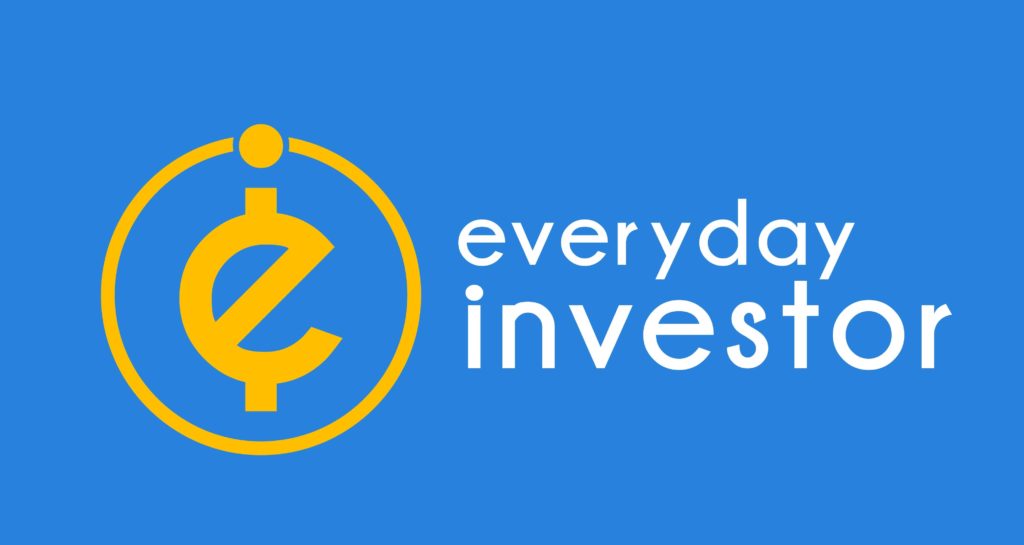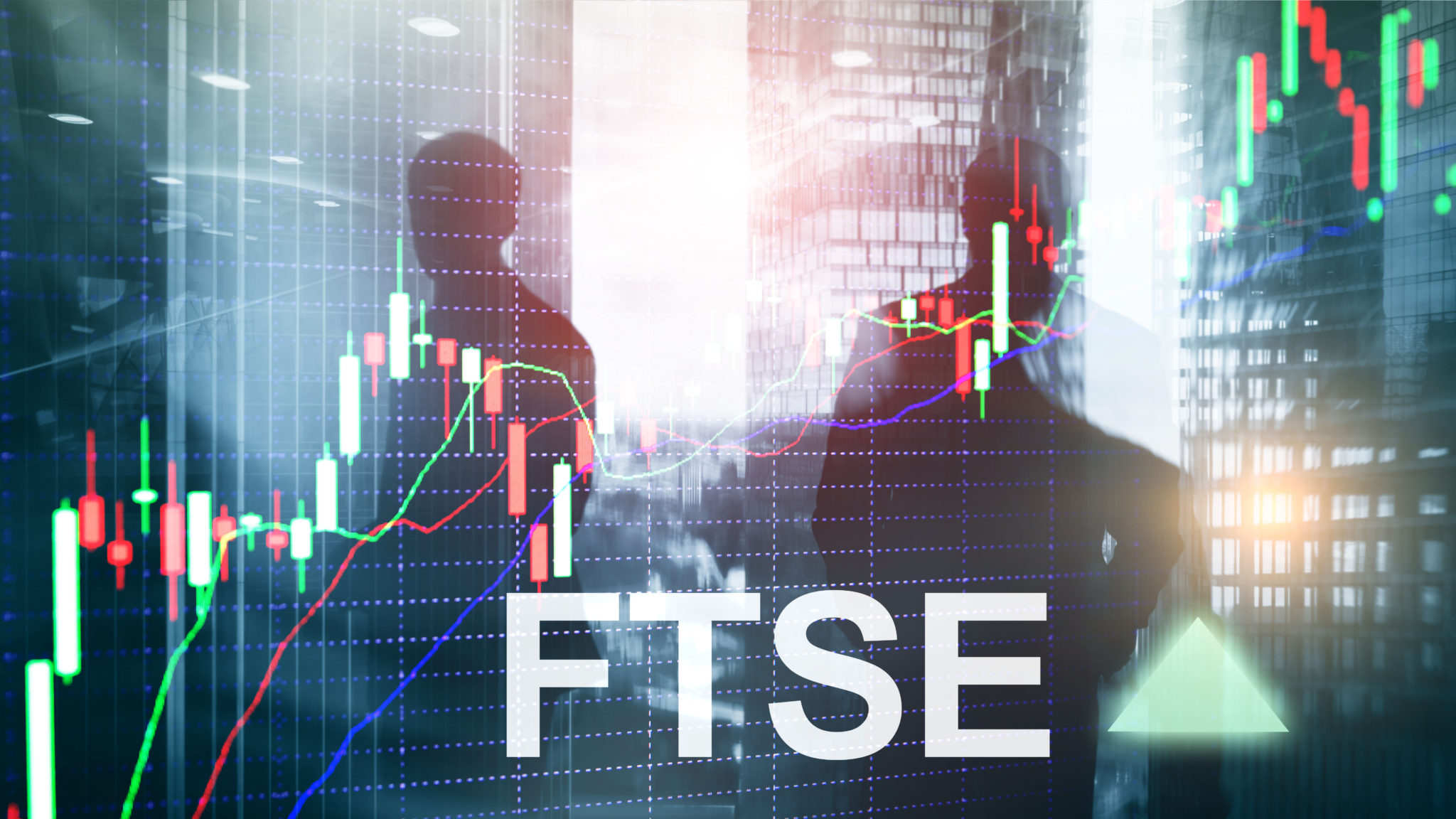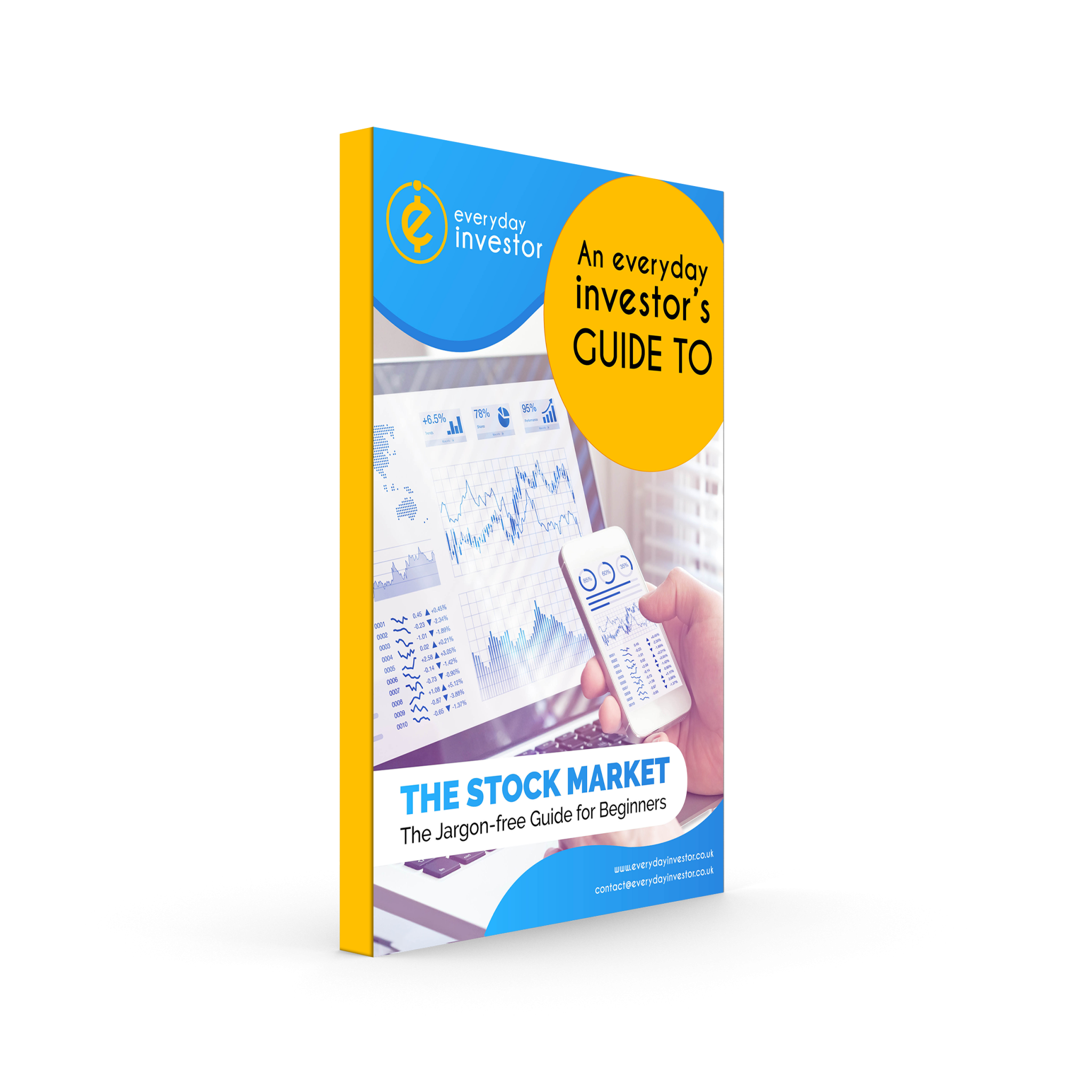What is the AIM?
So, what is the AIM? Well is it a sub-market of the stock market where shares are bought and sold. AIM stands for Alternative Investment Market. Essentially, the London Stock Exchange operates two markets – the Main Market and the Alternative Investment Market.
AIM comprises smaller, growing companies, typically at a much earlier stage in their life than companies listed on the Main Market.
According to the London Stock Exchange, AIM is the most successful growth market in the world.
Main Market vs. AIM
The key differences between the Main Market and AIM are the size of the markets and the size of the companies within each. The two markets also place differing regulatory requirements on companies. AIM provides a framework more tailored to smaller companies.
There are around 1000 companies listed on the Main Market with a total market value of £3.5 trillion. The Main Market contains the larger companies. This includes the companies that form the FTSE 100 index and FTSE 250 index.
On the other hand, there are approximately 800 companies listed on the AIM. The market has a total value of just over £81 billion. By this we mean the total market value of the companies listed on the market adds up to just over £81 billion.
It is worth noting that these figures will fluctuate a little as companies enter and exit the markets.
Investors who buy shares in either market become shareholders in the same way. Shares are bought and sold on the London Stock Exchange. This is usually done via an online stockbroker.
What is the AIM’s background?
In 1995 the Main Market was well-established and the London Stock Exchange launched the Alternative Investment Market. It’s intention was to provide a market for smaller companies to access funding through issuing shares.
Beginning in 1995 with just 10 companies, over 4,000 companies have now listed their shares on AIM since its launch. London Stock Exchange data also indicates that just over £133bn has been raised by companies over this period of time through issuing shares on the market.
Companies list their shares on AIM by going through an Initial Public Offering (IPO) process – similar to the Main Market. Through the IPO process investors purchase shares from the company. These shares can then be traded via the stock exchange.
Features of AIM shares
Companies listed on the market are usually smaller, earlier stage companies. They are companies normally seeking funding to fuel their growth. Due to this, many companies listed on AIM are not yet making a profit.
There is also a lower regulation barrier for companies to list on AIM and the reporting requirements are less stringent. Taking into account all these factors, investing in AIM-listed companies is typically seen as riskier. Due to this, people buying shares in these companies are commonly investing for growth rather than investing for dividends.
Buying shares in a company listed on the market is certainly not a short-term investment. The movement of share prices can be quite volatile and finding information about the companies themselves can be difficult. This is exactly why we have launched our company insights series.
The Companies
Currently, the largest companies by market value are financial services firm Burford Capital and biopharmaceutical company HUTCHMED. A couple you may be more familiar with are online fashion retailer boohoo and polling company Yougov.
AIM is extremely diverse with many industries represented. This includes sectors such as Oil & Gas, Financial Services and Travel & Leisure.
Whilst the majority of shares traded on the market are listed by UK companies, the market is a global one. Therefore, international companies also have the option of applying to list their shares on the market. AIM features companies from 25 countries all over the world.
What is the AIM? A simple summary
AIM is the Alternative Investment Market. It is a market operated by the London Stock Exchange that allows smaller companies to sell shares in their business to raise funding. The market allows investors to trade these shares.
If you’re keen to learn more make sure you check out the rest of our website or grab a copy of our free Beginner’s Guide to Investing in the Stock Market.
Data Source: London Stock Exchange. Data correct at 8th October 2023.
All our content is provided for educational purposes only, to help you make your own decisions. We don’t provide personalised advice and therefore our content should not be considered an invitation, inducement or recommendation to engage in any particular investment activity. Please review our disclaimer and website terms for full details.








